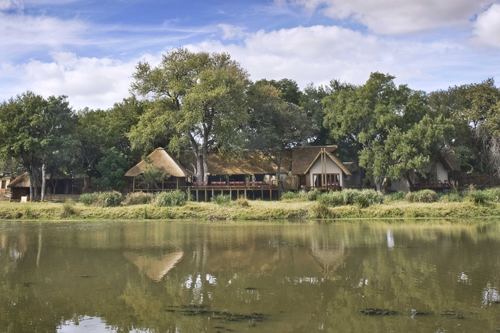 | ||
Ecoscaping integrates the disciplines of landscape architecture and spatial planning with environmental science and provides an innovative approach in creating a sustainable and nature-friendly design and/or construction. Every piece of land is unique and offers different materials and microenvironments, ecoscaping aims to design in harmony with the land and create an environmentally healthy and sustainable landscape. Ecoscaping also strives to take an existing structures and areas (backyards, cities, campuses, etc.) and add ecological balance and greenery. Ecoscaping prides itself on taking a holistic approach to sustainable land use management.
Contents
Process
Nature conservation and ecological balance is at the core of ecoscaping. Various techniques are employed to transform land so that it is in greater harmony with nature and its ecology. The whole process behind ecoscaping is to take the best solutions available, and use them to improve the look of a property while making the smallest possible impact on the surrounding environment. Ecoscaping promotes biodiversity and wildlife habitat.
This can be achieved in many ways, for example:
Significance
Ecoscaping is a process of building and rebuilding based on nature, sustainable development and human aesthetics. As the importance of ecological balance becomes increasingly apparent, ecoscaping provides an alternative to harsh land use practices with its ecologically adverse effects like impervious surfaces, soil compaction, contamination, urban sprawl, etc..
